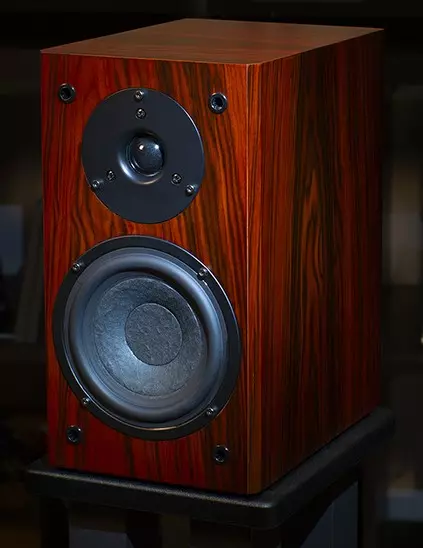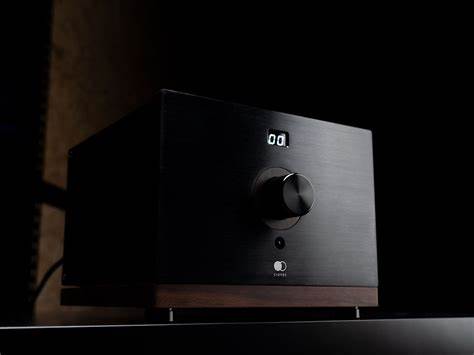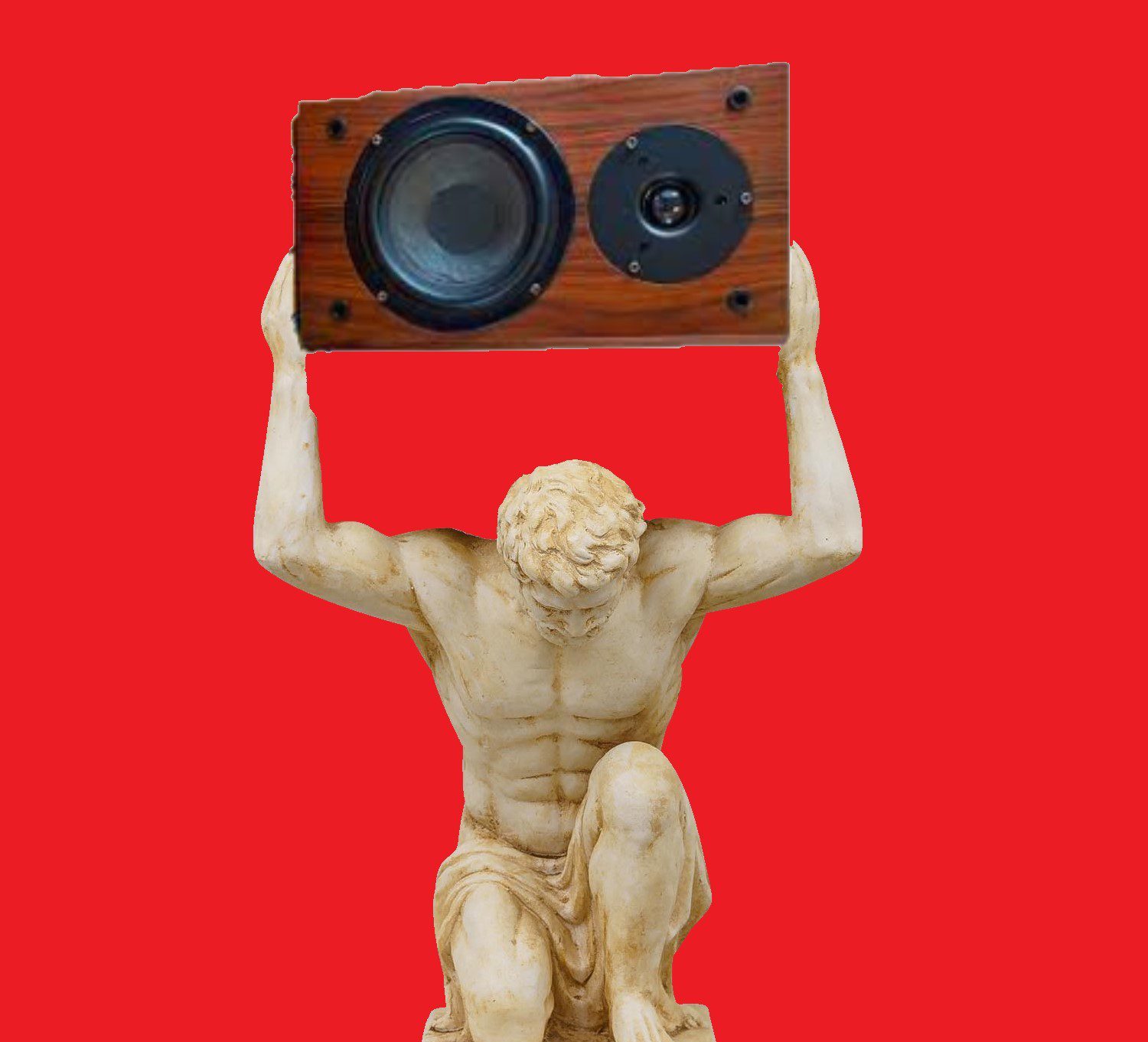
Why You Could Hate the Budget Component I Love; Warranty Time for a DAC; and the New Vera-Fi Scout Loudspeaker
Prices listed are in US$.
Yesterday, I heard a buzz. It wasn’t loud. Unless I put my ear into my MOFI Sourcepoint 8 ‘s coaxial driver, I didn’t hear it. But it was there. During the initial setup, where I swapped a pair of 120Wpc Topping LA90 amplifiers in mono mode for a pair of Sabaj A20a ones, at first I didn’t hear any noise, probably because I had never heard anything before from all the previous preamp / power amp combinations in the past. So, rather than take a sonic step backwards, I replaced the Sabaj A20a power amplifiers with an LSA Warp 1 that I reviewed a couple of months ago. It had just returned from repair after it decided to flash fault errors. So far, so good… The system returned to silence when not playing from a source, even with the preamp volume maxed out.
The reason I’m sharing this anecdote with you is to clarify one of the primary tenets of audio gear: not everything mates well with everything else. Sometimes, a combination doesn’t work. There can be many reasons why one component does not “play nicely” with another. Sometimes, you can see, by reading the specifications, that there could be a problem, such as mismatched impedances. But many times, there are no clear indications as to why one combination might be less compatible than another. Given their specifications, I could find no clear reason why the Sabaj A20a amplifiers produced more idling noise than many other amplifiers I’ve had in this system. On paper, they had similar S/N ratings to several of my regular power amplifiers, but in practice, in my nearfield system, they were too noisy for my tastes. This was surprising since I had just taken the Sabaj amplifiers out of my main system where, driving a pair of Spatial Audio X-2 loudspeakers, there had been no noticeable noise even with my ears a scant few inches from the X-2’s tweeter.

The primary takeaway from my tale should be that no matter how perfect a component may be on paper, until you place it into your system and listen critically to the results, you won’t know if a particular component will work optimally in your system. No matter how ideal a set of specifications may seem, until the component operates in your own setup, you can’t be sure its performance will meet your expectations.
Semibreve DA50 DAC update
In my last column, I sang the praises of the first budget-priced DAC with a new AKM DAC chip, the Semibreve DA50. I may have been overenthusiastic. After several weeks of solid service, my first sample of the DA50 began spitting out high levels of distortion when playing a file via its USB input.
One of the nicest features of digital sources is that when they distort, it’s not subtle. Digital audio either works or it doesn’t. And when a digital component malfunctions, you know it. No straining needed to hear slight imperfections. The distortion emanating from the Semibreve was not semi anything, it was complete garbage. Instead of music, I got a humming drone that followed the dynamics of the music buried inside.
I pulled it from the system and tested it via its Bluetooth input, which proved to be working fine. Then I tried the USB, driven from my iPhone 13 mini with Apple USB adapter. After about 30 seconds of music, the distortion returned. I suspect that something on the Semibreve’s Combo Amanero 384 USB input board had become flaky. So, it was time to contact the seller about a replacement board or entire DAC since it was still under warranty. A couple of days after I’d left a message for the seller on the Ali Express site, the company contacted me with the news they would be sending me a replacement USB board, which would hopefully arrive within a couple of weeks.
About a week after the first unit’s USB failed, a second sample of the Semibreve DA50 arrived. In the span of time between ordering my first unit and the second one, the price dropped by almost $50, so I purchased a second one. I installed the second DA50 with some trepidation, but so far, so good. The second Semibreve DA50 has been in my system for several weeks. It is also behaving itself. Occasionally, Roon shows it is playing to the Semibreve but the DAC’s front panel displays “No Lock” and no sound comes out. Rebooting My Mac Studio’s Roon Remote app and turning the DA50 off and back on usually solves the problem the first time.
A replacement USB card arrived three weeks after I got the second DA50. Installing it required removing seven screws: four to take the top plate off, and three that held the USB card in place. I swapped cards, put the screws back in, and installed the DA50 into my main system. Roon immediately recognized the Semibreve and I put it through its paces.
Since I had a Fiio K9 Pro ESS DAC / headphone amp sitting around, I decided to do a matched level A/B test between the Fiio and the Semibreve. This idea went up in flames because I could not get Roon to recognize the Fiio! Usually, I just attach a second USB cable to the back of a Raspberry PI 4B mini computer (it has four USB outputs), connect it to a DAC, and then initialize it through Roon’s AUDIO section. But the Fiio K9 was not seen by Roon, so I put in a Topping D90 SE DAC instead, which Roon did recognize. I ran several matched-level A/B test sessions over the next week but could never reliably distinguish the sound of one DAC from the other.
I found that, with many of the Chinese-sourced DACs I use, that telling them apart in a matched level test is difficult, if not impossible. Does that lead me to the conclusion that all DACs sound alike? No. Why? Because I believe the DAC’s analogue output section affects the sound far more than the DAC’s digital side. Since most of the Chinese DACs I use employ very similar output sections using one of several common op-amps, it’s really no wonder they have similar sonic profiles. So, next time you find no sonic differences between two DACs, don’t assume that all chip-based DACs sound identical to each other because of the DAC chip employed. Instead, it may be due to their very similar analogue output sections.

The Vera-Fi Scout Two-Way Loudspeaker ($299/pr plus $26 shipping)
As an audiophile, I’ve probably listened to more two-way bookshelf-sized loudspeakers than any other loudspeaker type. But, long gone are my days of trying to fill a room with sound from a ProAc Tablette or any other small box speaker. Nowadays, I relegate small bookshelves to how they’re best used—nearfield.
In the past, I’ve never found a small bookshelf loudspeaker priced under $300 that did not exhibit serious sonic compromises, then I heard the new Vera-Fi Scout loudspeaker. When combined with a subwoofer in a nearfield setup, the Scout can produce near-reference results.
The Scout was brought to fruition by an international cadre of designers captained by Mark Shifter, who was responsible for creating Audio Alchemy, AV123, and Core Power products. The concept was simple—create a two-way loudspeaker for an entry-level price that delivers a far higher level of performance than similarly-priced loudspeakers. I think Mark accomplished his goal.
Basic technical details for the Scout: it employs a 1” silk dome tweeter combined with a 5.25” treated paper cone midrange/woofer. Dimensions are 12” by 6 11/16” by 10”. The Scouts have a rear port for added bass extension. The Scout weighs 12lbs, and the cabinet is covered in a real rosewood veneer. Sensitivity is rated at 84.5 -/+ 1 db.

The primary issue with most small loudspeakers used in a nearfield setup is their midbass. On some loudspeakers, such as the Role Kayaks, the midbass is slightly dry without adequate bloom, while with others, such as the Silverline Minuet, the midbass is a bit too thick, with excessive bloom. The Scouts get the midbass right for nearfield, having just enough, but not too much, midbass energy. In my set-up, which is a quasi-dead-end configuration acoustically with several inches of sound absorbent material between the back of the loudspeakers and the front wall (but allowing about two inches of airspace behind the loudspeaker before the absorbent material begins), I’m running the Scouts full range mated to an Omega subwoofer set with a 75Hz crossover point. I tried several power amplifiers with the Scouts. My favourite combination so far was with the Clones Audio 25i integrated amplifier, which is based around a Texas Instruments 30-watt chip.
Is the Scout perfect? No. The Scout’s principal shortcomings are that it can be easily stressed if placed in too large a room and pushed to play at a high volume level. Also, due to its lower efficiency, it does need more power than an under 10Wpc tube amplifier can provide, so either tube push-pull or solid-state power amplifiers will yield a better sonic result.
One final detail—the Scout’s treble response isn’t as extended as that of some loudspeakers, especially compared to those that utilize a more exotic tweeter technology, such as a folded ribbon. If you’re accustomed to loudspeakers with a more prominent upper midrange and lower treble, the Scouts may seem less detailed, but the advantage is that you can play recordings that are not ideal in terms of their upper midrange peakiness, prominence, and harshness, but still enjoy them through the Scouts.
The Vera-Fi Scout is only available through one outlet—Underwood HiFi. It is, in essence, a house brand, which means it’s being made exclusively for Underwood, so you are purchasing directly from the manufacturer with no retailer involved. This also means you can’t audition the loudspeaker before you buy it. Underwood does offer a generous trial and return policy, if you decide the Scouts don’t measure up. You can also find the Vera-Fi Caldera 10 subwoofer at Underwood, which should be a good companion to the Scout to extend the system’s bass. Perhaps I’ll try one soon…
So, if you’re in the market for an entry-level-priced small bookshelf loudspeaker that performs at a much higher level than most similarly priced offerings, you should investigate the Vera-Fi Scout.
More from this series:










Leave a Reply